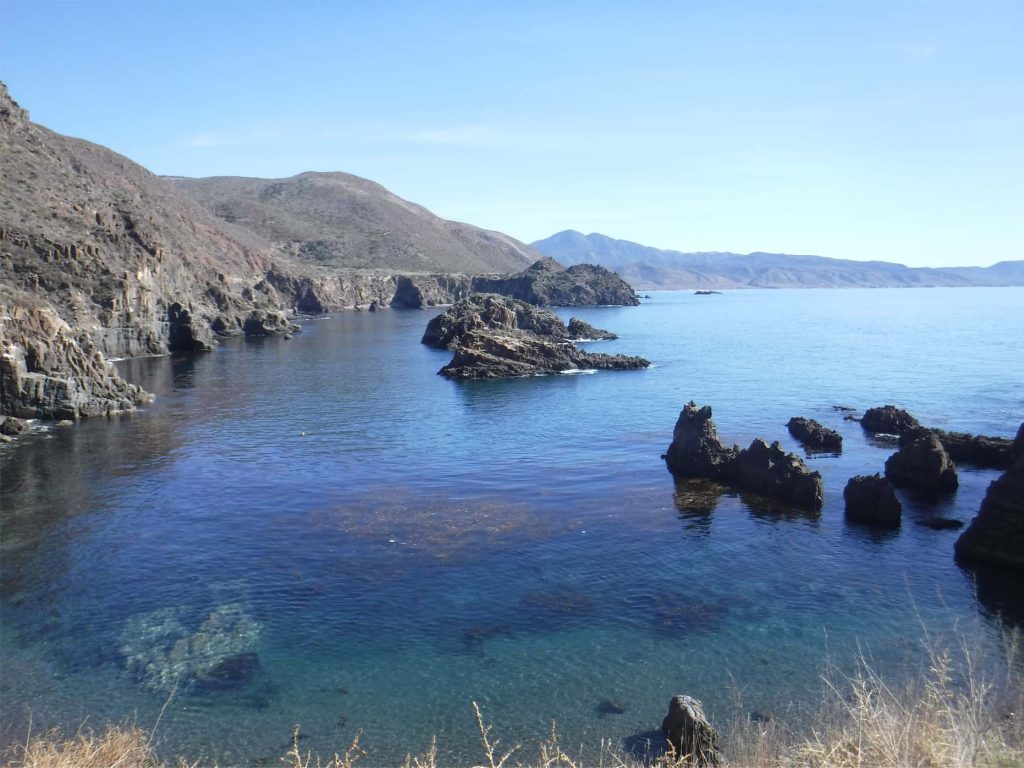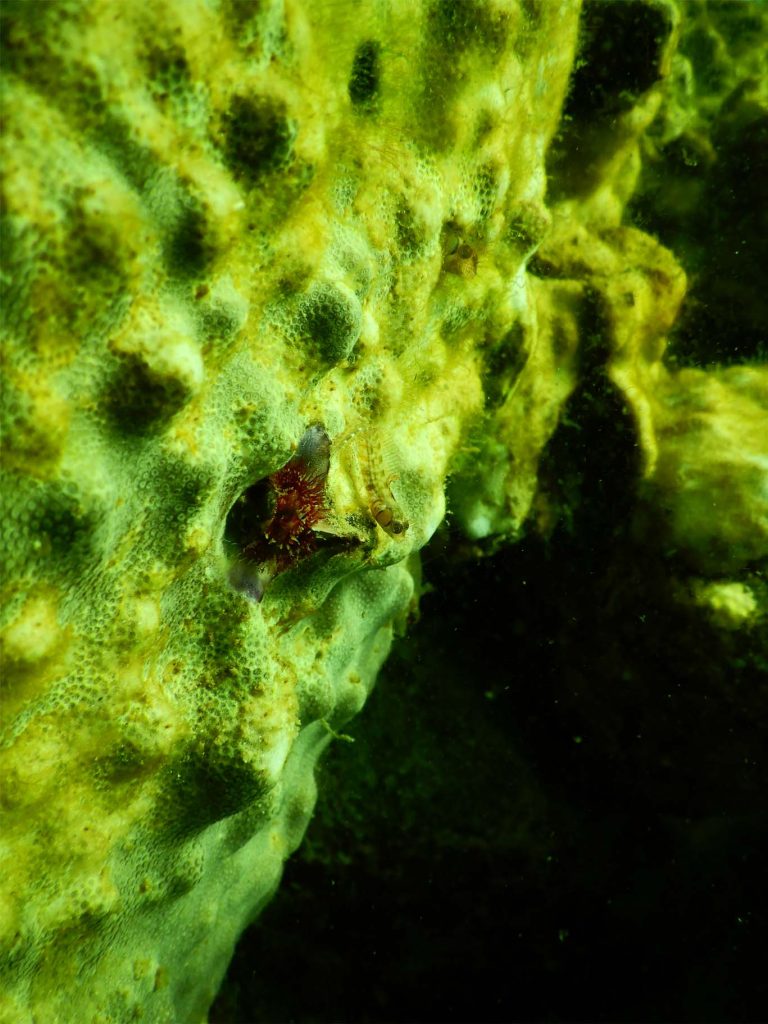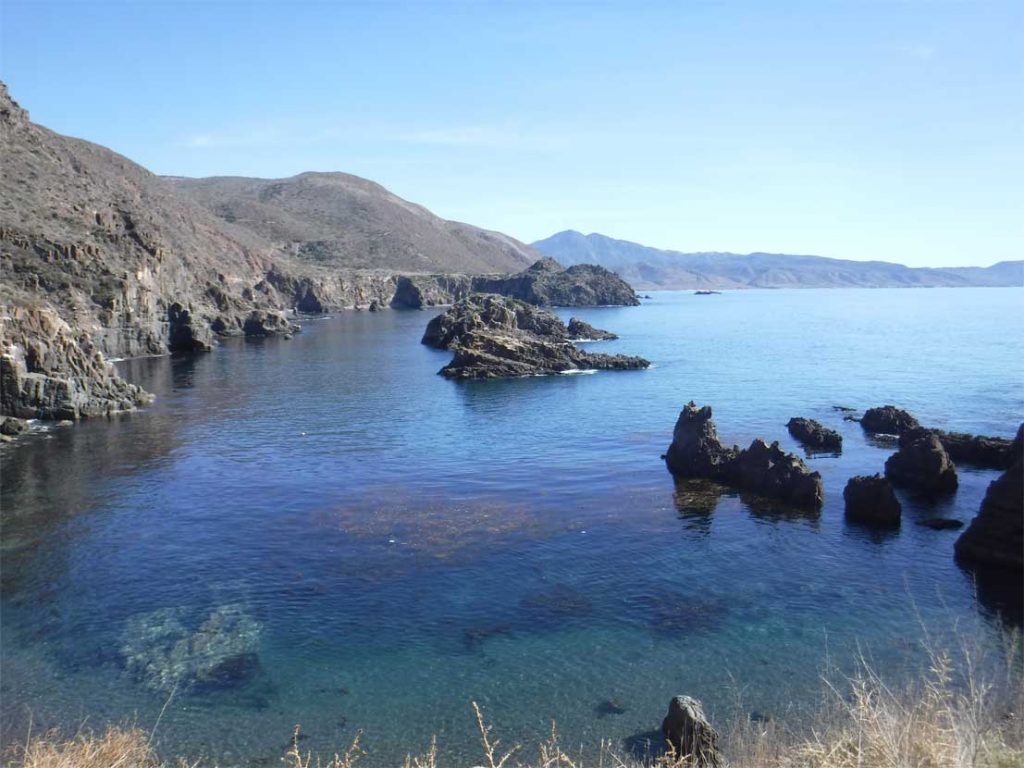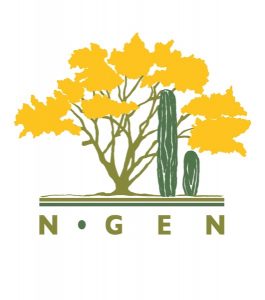Biological Responses and Populations Characteristics of the Giant Green Anemone and the Orange Cup Coral in Baja California, México
MANUEL ALEJANDRO DELGADILLO NUÑO
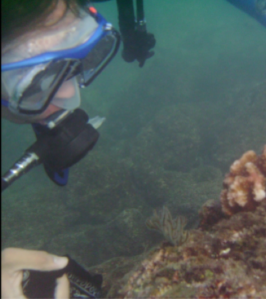 Disciplines: Marine ecology, Invertebrate zoology
Disciplines: Marine ecology, Invertebrate zoology
Region: Baja California, NW Baja California
Chapter: Ensenada
The giant green anemone (Anthopleura xanthogrammica) and the orange cup coral (Balanophyllia elegans) are common invertebrates of the rocky intertidal in the Eastern Temperate Pacific. Both organisms occur on the coast of Baja California, which experiences different upwelling regimes throughout the year, causing seasonal changes in the pH and seawater temperature. Both species require physiological plasticity that allows them to tolerate fluctuations in pH and temperature. However, the physiological response must be considerably different between both organisms, this depends on the CO2 fixation by the endosymbiont dinoflagellates (Symbiodinium sp.) of A. xanthogrammica and the calcification of B. elegans. This study explores the feasibility of using in vitro techniques to obtain DNA, RNA, proteins, and total lipids as bioindicators of physiological plasticity, as well as obtaining in situ photographic images for the measurement of the diameters of corals and anemones to evaluate growth over time. To do so, there will be four diving expeditions in Punta Baja, Baja California during winter, spring, summer and fall of 2018. Dives will take place at 0, 5, 10, 15, 20 and 25 m depth, registering the temperature, light, and current speed, photographing and sampling of species along a 12 m transect parallel to the coast. The study aims to increase the ecophysiological knowledge of two species of ecological importance for Mexico, U.S.A., and Canada, as a key point to anticipate the future impacts of oceanic change.


